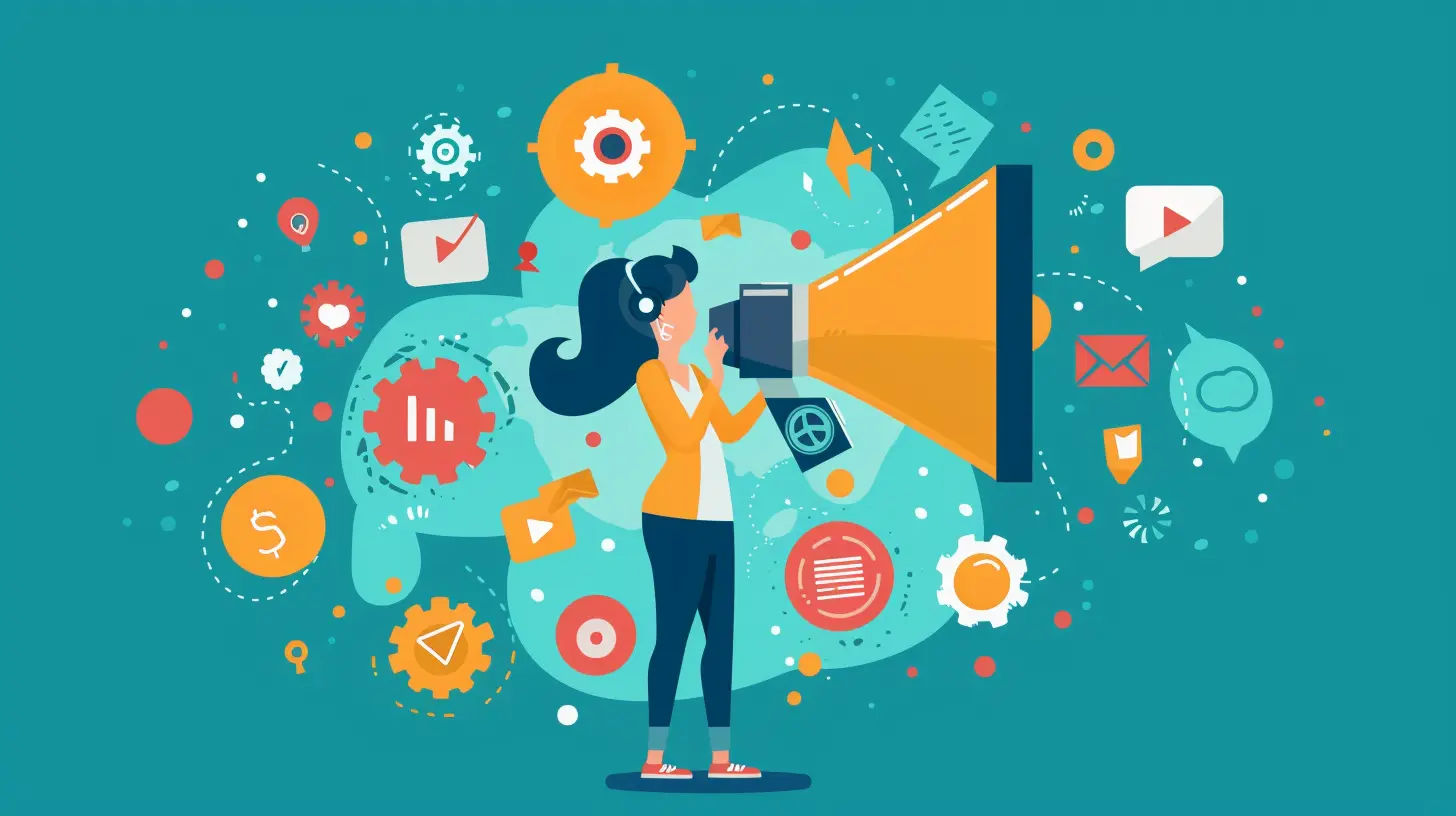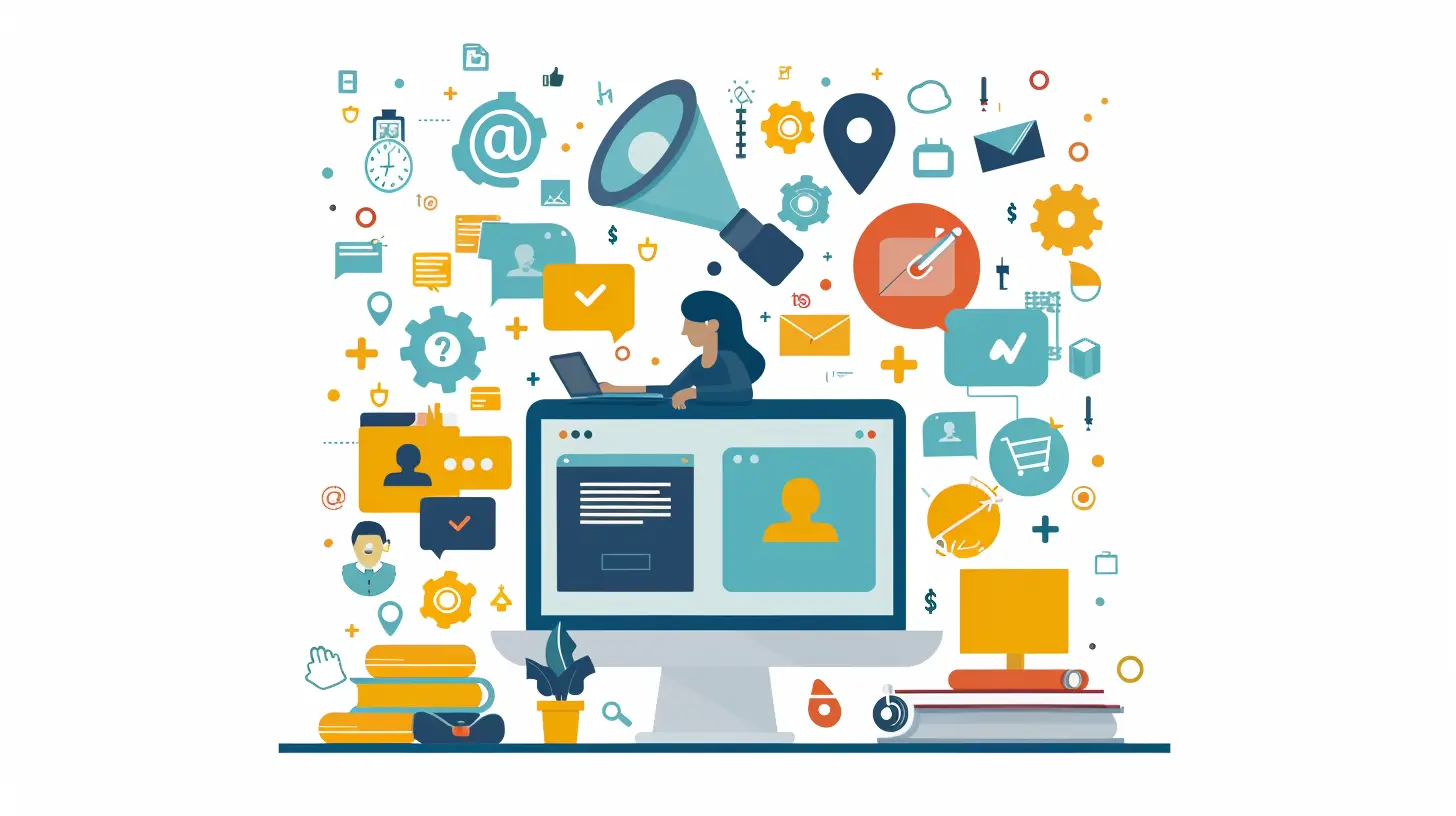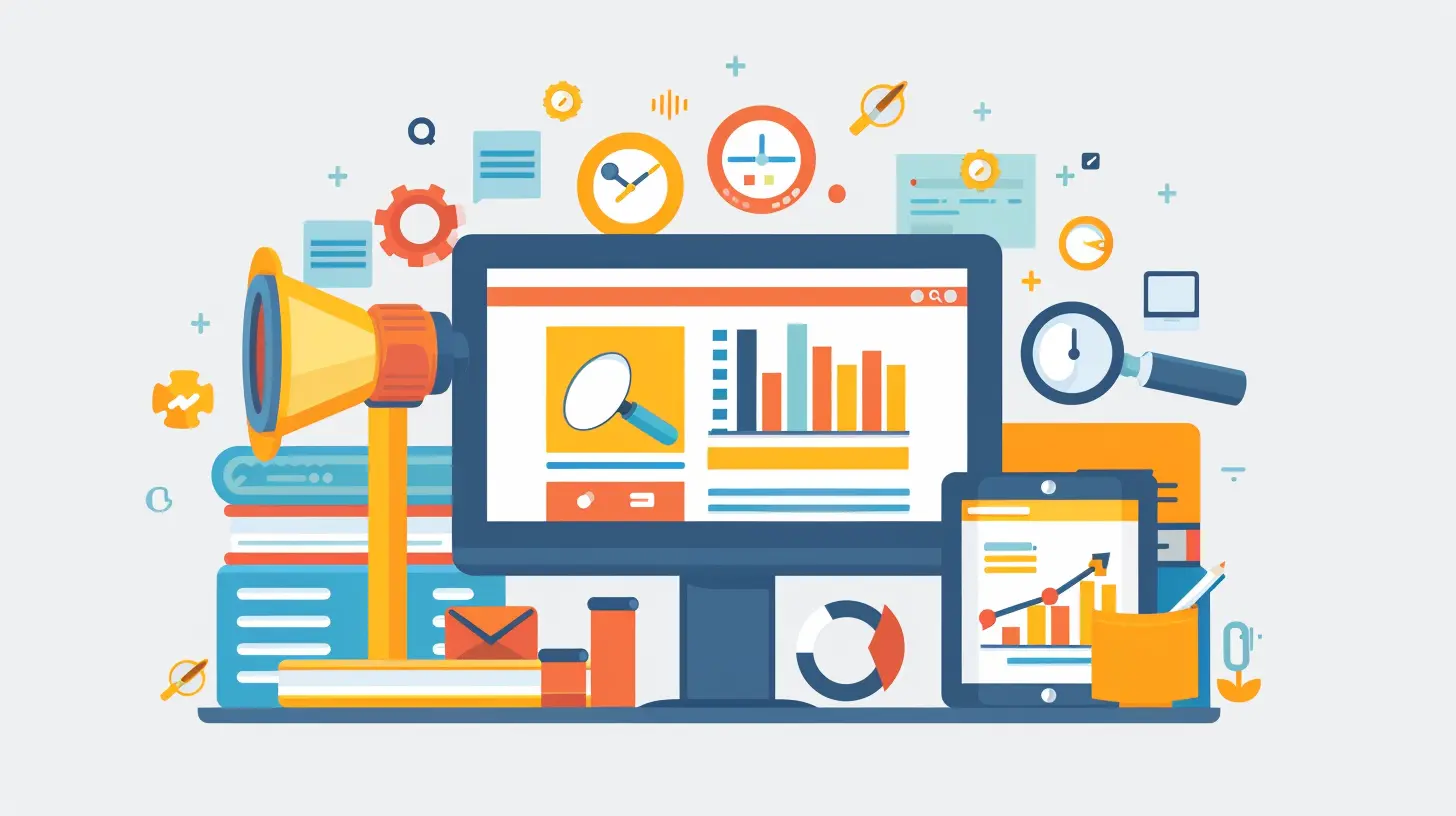How to Use Fact-Checking Tools to Build Media Literacy
27 October 2025
In today’s fast-paced digital world, we are constantly bombarded with information from various sources—social media, news websites, blogs, and even forwarded messages from friends and family. But how do we know which pieces of information are accurate and which are misleading?
This is where fact-checking tools come into play. They help separate truth from misinformation, ultimately strengthening our media literacy. In this guide, we’ll walk you through the importance of media literacy, introduce you to the best fact-checking tools, and show you how to use them effectively to sift through the noise online.

Why Media Literacy Matters
Before diving into fact-checking tools, let's talk about why media literacy is important.Media literacy is the ability to analyze, evaluate, and create media in various forms. It enables you to:
- Spot fake news and misinformation.
- Understand bias in the media.
- Make informed decisions based on credible sources.
Without media literacy, we become easy targets for fake news, propaganda, and manipulation. And with the rise of AI-generated content, it's getting harder to distinguish between what's real and what's not.

How Fact-Checking Tools Help Combat Misinformation
Fact-checking tools act like digital lie detectors, helping you verify whether a claim is true, false, or somewhere in between. These tools analyze sources, cross-check information, and provide evidence to support or debunk a claim.Using fact-checking tools regularly can help you:
✅ Avoid spreading misinformation.
✅ Improve your critical thinking skills.
✅ Become a more responsible digital citizen.
Now, let’s dive into some of the best fact-checking tools and how to use them. 
The Best Fact-Checking Tools and How to Use Them
There are many fact-checking tools available, but here are some of the most reliable ones:1. Google Fact Check Explorer
What It Does:Google Fact Check Explorer is a tool that allows you to search and verify claims that have already been fact-checked by journalists and researchers.
How to Use It:
1. Go to Google Fact Check Explorer.
2. Enter a claim, keyword, or topic in the search bar.
3. Review the results to see who fact-checked the claim and what their findings were.
Why It’s Useful:
It gathers fact-checking reports from various sources in one place, saving you time and effort in verifying claims.
2. Snopes
What It Does:Snopes is one of the oldest and most trusted fact-checking websites, covering social media rumors, viral hoaxes, and urban legends.
How to Use It:
1. Go to Snopes.
2. Use the search bar to enter a claim or topic.
3. Read the fact-checking report to see if the claim is true, false, or somewhere in between.
Why It’s Useful:
Snopes provides in-depth analysis and historical context, so you get the full picture behind a claim.
3. PolitiFact
What It Does:PolitiFact focuses on fact-checking political statements, policies, and claims made by politicians and public figures. It rates claims on a Truth-O-Meter scale from True to Pants on Fire (completely false).
How to Use It:
1. Visit PolitiFact.
2. Type a political statement or claim into the search bar.
3. Check the rating and explanation for why the claim is true or false.
Why It’s Useful:
It helps you differentiate between factual political statements and misleading ones, making you a more informed voter.
4. FactCheck.org
What It Does:FactCheck.org is a nonpartisan, nonprofit website that verifies statements made by politicians, news outlets, and viral claims.
How to Use It:
1. Visit FactCheck.org.
2. Browse recent fact-checks or search for a specific topic.
3. Read their detailed reports, which include source references.
Why It’s Useful:
Its commitment to independence ensures that you get fact-based, unbiased analysis of major claims in the media.
5. Reuters Fact Check
What It Does:Reuters Fact Check evaluates viral claims, images, and videos to determine their authenticity.
How to Use It:
1. Visit Reuters Fact Check.
2. Search for a keyword or scroll through the latest fact-checks.
3. Click on a report for a detailed breakdown of the claim's accuracy.
Why It’s Useful:
Since Reuters is a well-respected news agency, their fact-checks are thorough, credible, and based on investigative journalism. 
Tips for Using Fact-Checking Tools Effectively
Now that you have a list of powerful fact-checking tools, here’s how to use them wisely:1. Check Multiple Sources
Don't rely on just one fact-checking tool. Use at least two or three to cross-verify claims.2. Look at the Evidence Provided
A good fact-check doesn’t just say something is false—it explains why with sources, data, and expert analysis.3. Be Wary of Emotionally Charged Claims
If a news story or social media post triggers strong emotions (anger, outrage, fear), take a step back and fact-check before sharing.4. Verify Images and Videos
Fake images and videos are commonly used to spread misinformation. Tools like Google Reverse Image Search and TinEye can help verify their authenticity.5. Fact-Check Before You Share
Spreading misinformation—even unintentionally—can have real consequences. Always verify before hitting that "share" button.The Future of Fact-Checking and Media Literacy
With the rise of AI-generated deepfakes, manipulated videos, and fake news websites, fact-checking is becoming more crucial than ever.The more we practice media literacy and use fact-checking tools, the better equipped we’ll be to navigate the digital world.
At the end of the day, being an informed reader is a responsibility. By questioning information, verifying facts, and thinking critically, we can combat misinformation and contribute to a more truthful, transparent media landscape.
So, next time you come across a shocking headline, a viral claim, or a suspicious news article, remember: fact-check first, share later!
all images in this post were generated using AI tools
Category:
Media LiteracyAuthor:

Madeleine Newton
Discussion
rate this article
1 comments
Sonya Vasquez
Great insights! Essential tools for informed discussions.
November 2, 2025 at 5:38 AM

Madeleine Newton
Thank you! I'm glad you found the insights helpful for fostering informed discussions.


